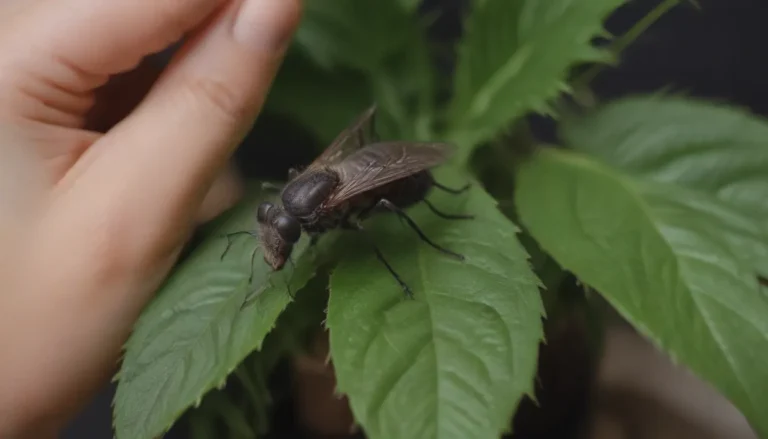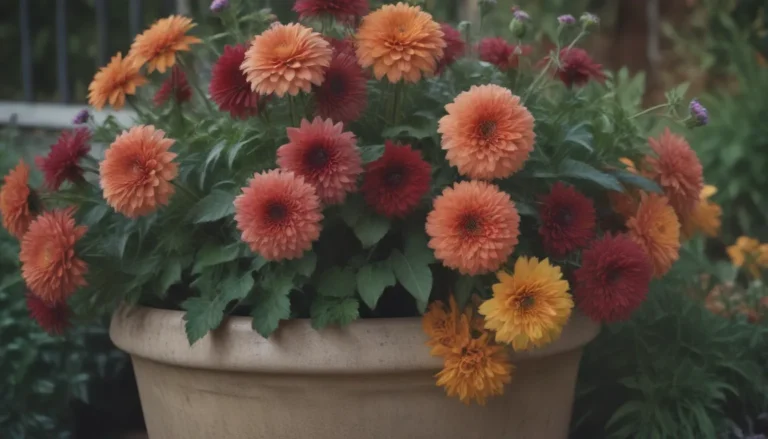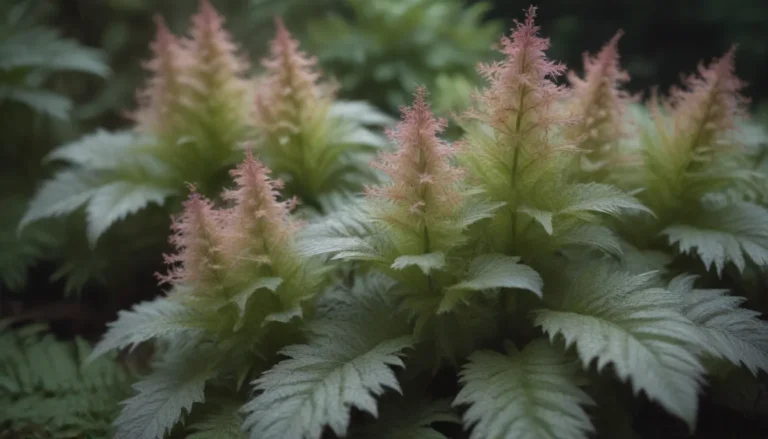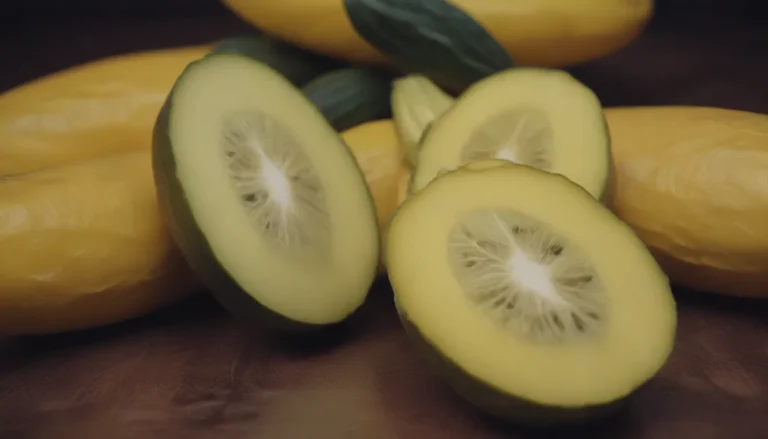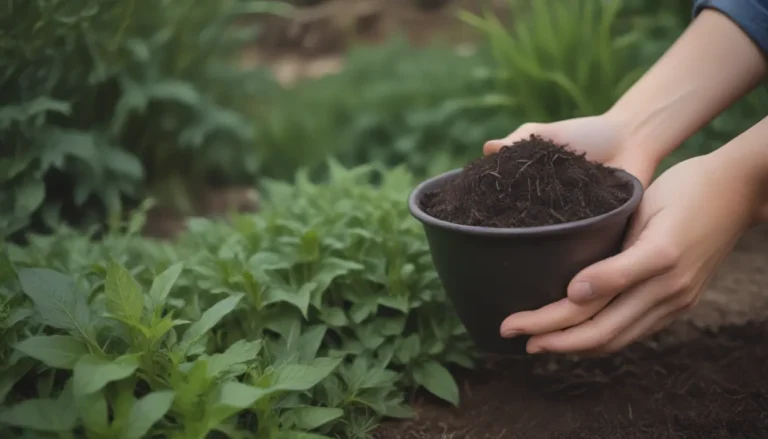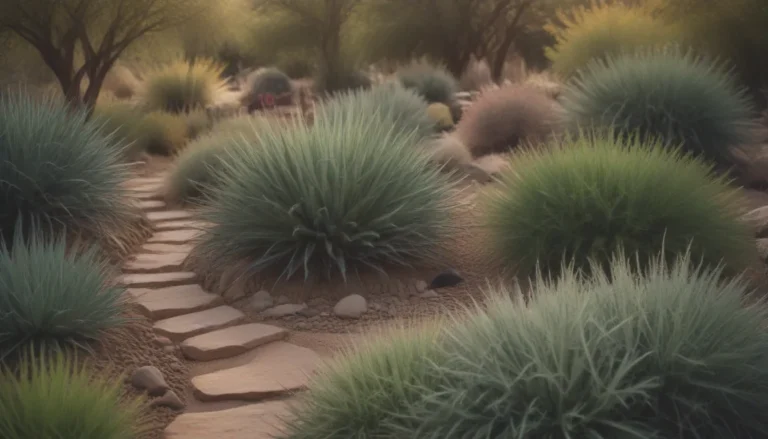Understanding Why Your Cucumber Leaves Turn Yellow and How to Solve It

So, you’ve embarked on the exciting adventure of growing cucumbers in your vegetable garden, but suddenly, your cucumber plant’s lush green leaves are starting to turn a worrying shade of yellow. Don’t panic! It’s a common issue that many cucumber growers encounter. In this in-depth article, we’ll delve into the six key reasons why your cucumber leaves may be turning yellow and provide you with practical solutions to fix the problem ASAP.
The Impact of Over or Underwatering
Maintaining the right balance of water is crucial for the health of your cucumber plants. Both overwatering and underwatering can lead to yellowing leaves and impact the overall growth of your cucumbers.
Signs of Overwatering:
- Top leaves wilting
- Yellowing leaves
- Dropping off of leaves
Signs of Underwatering:
- Leaves curling
- Brown edges on leaves
- Fading from green to yellow
- Leaves drying up and falling off
Cucumbers are water lovers, with a water content of 96%, making them thirsty plants that require consistent watering. Ensure your cucumber plants receive approximately an inch of water per week, and water at the soil level to prevent issues like root rot.
Ensuring Proper Sunlight Exposure
Proper sunlight exposure is essential for the healthy growth of cucumber plants. While they thrive in heat and sunlight, too much direct sunlight can lead to leaf burn and yellowing leaves.
Symptoms of Incorrect Sunlight:
- Leaf burn
- Brown crinkly leaf edges
- Yellowing and dying leaves
Provide your cucumber plants with a minimum of six hours of bright, direct sunlight daily while maintaining temperatures between 65 and 85°F. If your garden experiences extended periods of high temperatures, consider providing some afternoon shade to prevent sunburn.
Trellising your cucumber plants is not only a space-saving technique but also ensures a good balance of direct sunlight for the vines and healthy foliage to protect the fruits from overexposure.
Addressing Nutrient Deficiencies
Nutrient deficiencies can manifest as yellowing leaves in cucumber plants. It’s crucial to provide your cucumbers with adequate nutrients to support their growth.
A balanced NPK fertilizer with a ratio of 2-4-6 is ideal for cucumber plants that require high levels of phosphorous and potassium. Consider applying liquid fertilizer every two weeks to ensure your plants receive the necessary nutrients.
Signs of Nutrient Deficiencies:
- Nitrogen deficiency: Yellowing older leaves
- Iron deficiency: Yellowing between veins
- Phosphorous deficiency: Stunted growth and dark green leaves
- Potassium deficiency: Yellowing leaf margins and leaf tips
During the early growth stages, cucumbers utilize the most nitrogen, so prepare the soil beforehand by incorporating aged compost or a balanced NPK fertilizer. If signs of nutrient deficiencies appear after planting, feed the plant with an all-purpose balanced fertilizer or provide a liquid spray of kelp or fish emulsion.
Combatting Insect Pests
Although cucumber vines are generally resilient to insect infestations, certain pests like aphids, spider mites, and cucumber beetles can cause yellowing leaves and potential damage to your plants.
Common Insect Pests:
- Aphids: Look out for ants, as they are often attracted to honeydew left behind by aphids.
- Spider mites
- Cucumber beetles
Monitor your cucumber plants regularly for signs of insect pests and take appropriate measures to control and prevent infestations to maintain healthy foliage.
Managing Cucumber Plant Diseases
Several plant diseases can contribute to the yellowing of cucumber leaves and impact the overall health of your plants.
Common Cucumber Plant Diseases:
- Cucumber mosaic virus
- Angular leaf spot
- Anthracnose
To address yellowing leaves caused by diseases, consider adjusting your watering schedule, supplementing nutrients, or implementing pest control measures based on the specific cause of the issue.
Taking Action to Restore Healthy Growth
When you notice your cucumber leaves turning yellow, it’s essential to identify the underlying cause promptly and take appropriate steps to address the issue. Remember, maintaining proper water levels, sunlight exposure, nutrient balance, and pest control are key factors in ensuring the health and vitality of your cucumber plants.
Yes, you should remove yellow leaves from your cucumber plant to allow the plant to redirect its energy towards new, healthy growth. In cases where the plant is affected by a disease like mosaic virus, it may be necessary to remove the entire plant to prevent the spread of the infection.
Incorporating these tips and strategies into your cucumber growing routine will help you overcome the challenge of yellowing leaves and cultivate thriving cucumber plants with robust foliage and bountiful harvests.
For additional information on cucumber cultivation, nutrient deficiencies, and plant diseases, refer to the resources provided by reputable institutions like Washington State University, University of Missouri, UMass Extension, and more.
Happy gardening and may your cucumber plants flourish with vibrant green leaves and delicious fruits!
